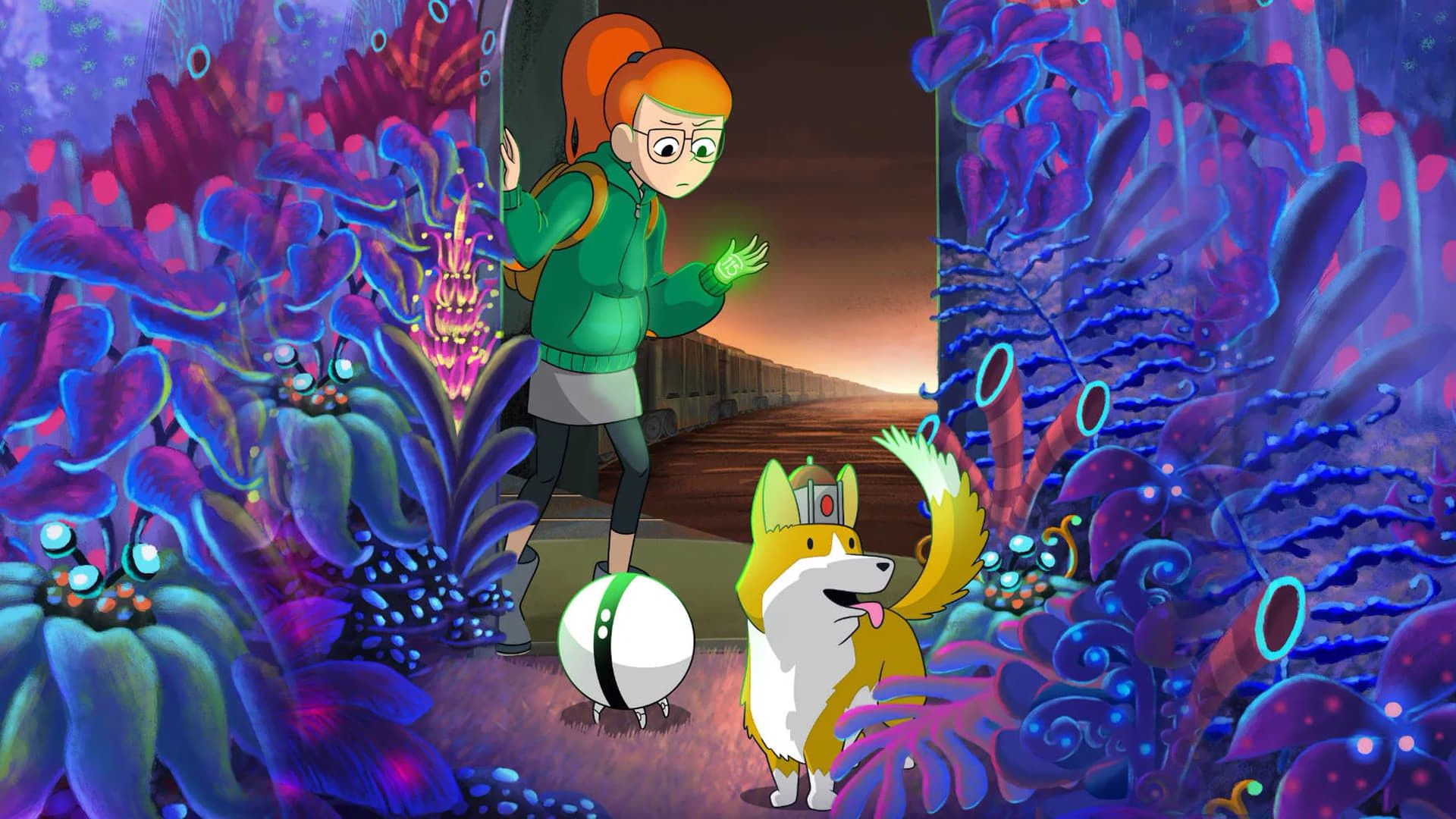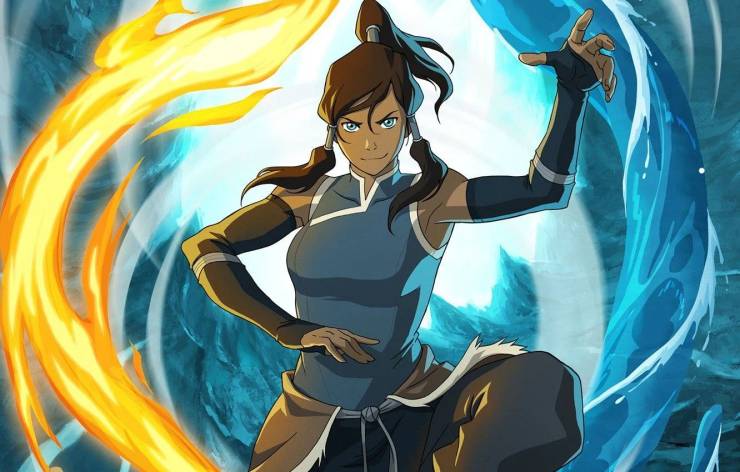Gender is one hell of a thing. I grew up in a media landscape where boys and girls were expected to like specific things and indulge in certain parts of their personality that abide by long-established societal norms that those above us were far too stubborn to change.
Boys needed to like violence, farts, and dinosaurs, while girls were expected to enjoy pink, princesses, and horses. Myriad other things fall into these respective ballparks, but you get the idea. Those at the top who dictate the media we consume and the products available to us have for decades believed that children’s entertainment should be partitioned off in a way that today is downright archaic. It’s down to sexual prejudice, lack of faith in the creators trying to start to tell these stories, and an ignorance towards how things have changed.
A recent interview with Amy Friedman, who heads up kids and family programming at Warner Bros. has been doing the rounds online and offers a damaging perspective on animation from someone in her position. Here’s a choice excerpt from the interview which highlights her views on the medium right now, especially for young girls and shows aimed specifically towards that demographic.
"Girls often graduate out of animation. Some of our most incredible competitors have been at the live-action game for a long time. We know that’s what girls want."
I recommend reading the full interview for yourself to gather a more layered perspective on where Warner Bros. stands right now when it comes to animation for girls and why it believes that shows in this medium don’t have a place when compared to boys. Friedman thinks that live-action shows, shorter films, and media that focuses on more clichéd depictions of femininity are what girls these days want. It’s much easier to focus test and call it a day I guess.
But is this really the case, or is it that animation has for decades been forced to abide by outdated gender norms with its stories and characters instead of being provided room to grow? When I was a child the majority of characters in the cartoons I consumed were male, even more so when we’re talking about starring roles. Women were often off to the side, acting as romantic interests or sidekicks instead of being given agency. It wasn’t until Avatar: The Last Airbender with characters like Toph and Katara that the landscape began to evolve and show that women had a place on the main stage.
Even films like Beauty and the Beast and The Little Mermaid from Disney followed main characters who would often be abiding by the whims of male counterparts. Ariel literally trades away her voice for a boy she has just met because he’s handsome. Stories that were meant to be seen as tales of female empowerment for young viewers to take inspiration from were instead used as tools to further this reductive perspective on gender. Meeting your Prince Charming and become a peerlessly attractive heroine was far more important than growing as a person or teaching young girls wider societal lessons, and I can’t help but feel that attitude is still held by so many to the detriment of a medium that is doing everything it can to move forward and embrace a new generation.
You don’t suddenly reach a certain age and swear off animation forever, pledging your loyalty to That’s So Raven and Zoey 101 instead of daring to be caught watching Foster’s Home for Imaginary Friends. But for Warner Bros., it would rather claim that animation is something girls aren’t interested in without bothering to find out why or pursue projects that might seek to change that perspective. It’s also just untrue, and even if it was, many of the reasons come down to shows that highlight or champion women being cut short or not given the resources they need to succeed. By cultural bias they are always seen as lesser.
It isn’t girls who have “graduated out of animation,” but the executives in charge of major networks who don’t at all seem interested in approving shows and films that seek to represent them, or live in fear that women won’t buy merchandise that for so many is more important than the art itself. Profit reigns supreme. As does an ingrained misogyny that expresses paranoia of audiences not being interested in buff protagonists in shows like The Legend of Korra or adult characters like Infinity Train’s Amelia that run the risk of either not drawing in new audiences or failing to sustain existing ones. This is the same for all shows though, so stop blaming it on girls not pulling their weight.
Yet when films like Turning Red break streaming records and house narratives that revolve around the challenges of growing up and dealing with unique issues you would never catch a company pointing to female representation as a reason for potential failure. If anything it would be the opposite. Girls get it done until you need a reason to justify a cancellation or point towards not having proper representation in a medium that still has a long way to go before reaching equality.
I’m also confused as to why animation still needs to be split by such a dated gender binary. Shows don’t need to strictly appeal to boys and girls nowadays, even if those that do still have a place in the grand scheme of things. We should be seeking to tell more inclusive and welcoming stories fit for all genders, races, sexualities, and life experiences. Animation is a medium that can take us anywhere, yet major networks seem content to limit themselves or rely on safe ideas instead of pushing forward.
Even with all the marketing research and spreadsheets in the world, I’m not sure Warner Bros. really knows what girls want. Discounting an entire gender’s investment in a massive medium is dangerous, inaccurate, and throws so many creators under the bus for no good reason at all. There are so many shows out there for young girls right now that tell amazing stories with female characters, and even more can follow in their footsteps if you give them a chance. Stop being boomers in the boardroom and take a look outside the echochamber.
Source: Read Full Article


